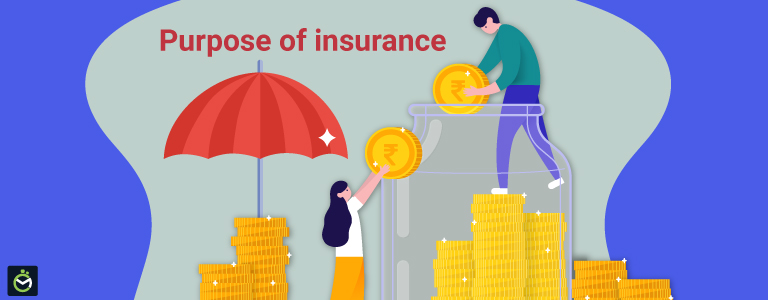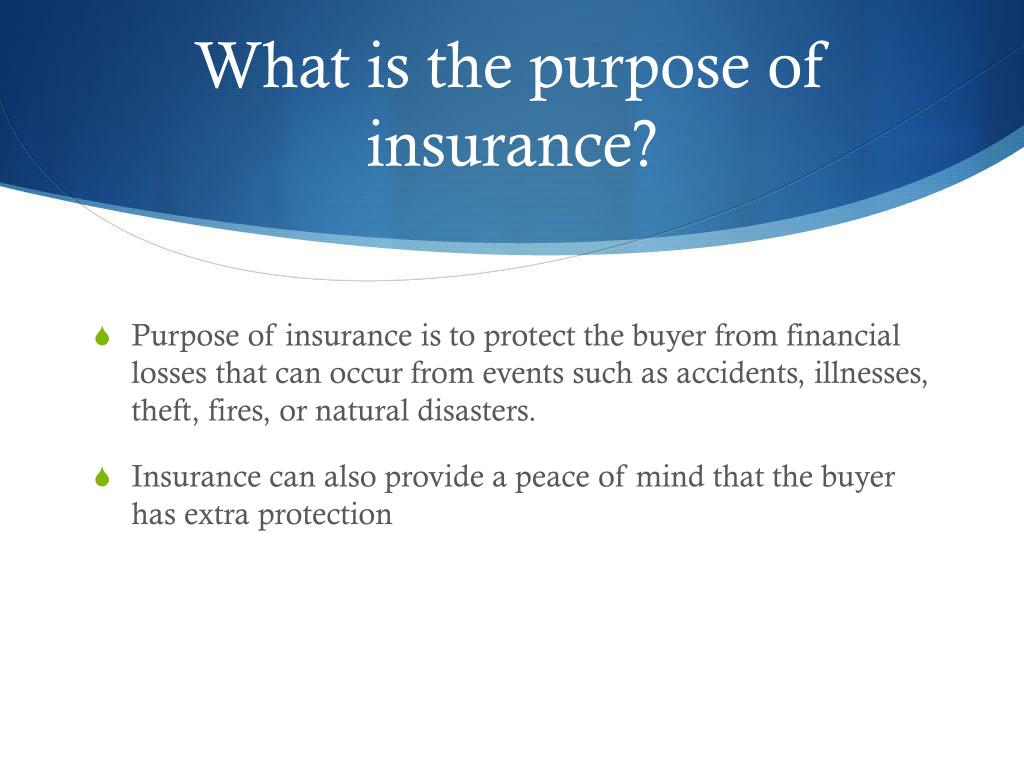About Pacific Prime
Table of ContentsSome Ideas on Pacific Prime You Should KnowThe Ultimate Guide To Pacific PrimeThe Basic Principles Of Pacific Prime How Pacific Prime can Save You Time, Stress, and Money.Some Known Incorrect Statements About Pacific Prime

This is due to the fact that the data were gathered for a duration of strong economic efficiency. Of the estimated 42 million people who were without insurance, almost regarding 420,000 (concerning 1 percent) were under 65 years of age, the age at which most Americans become eligible for Medicare; 32 million were grownups in between ages 18 and 65, around 19 percent of all grownups in this age; and 10 million were children under 18 years of age, regarding 13.9 percent of all kids (Mills, 2000).
These price quotes of the variety of persons uninsured are produced from the yearly March Supplement to the Present Populace Study (CPS), performed by the Census Bureau. Unless otherwise noted, national price quotes of individuals without medical insurance and percentages of the population with different type of coverage are based on the CPS, the most widely used source of quotes of insurance coverage and uninsurance rates.
The Buzz on Pacific Prime

Still, the CPS is specifically beneficial since it produces yearly quotes relatively quickly, reporting the previous year's insurance policy coverage estimates each September, and due to the fact that it is the basis for a constant set of price quotes for greater than twenty years, allowing for evaluation of patterns in protection over time. For these factors, along with the considerable usage of the CPS in other studies of insurance coverage that exist in this record, we depend on CPS estimates, with constraints kept in mind.

The price quote of the number of uninsured individuals expands when a population's insurance standing is tracked for several years. Over a three-year duration starting early in 1993, 72 million people, 29 percent of the united state population, lacked protection for at the very least one month. Within a solitary year (1994 ), 53 million individuals experienced at the very least a month without coverage (Bennefield, 1998a)
Six out of every ten without insurance adults are themselves used. Working does enhance the likelihood that one and one's family participants will have insurance coverage, it is not a guarantee. Even participants of family members with two permanent wage earners have nearly a one-in-ten chance of being uninsured (9.1 percent without insurance rate) (Hoffman and Pohl, 2000).
Pacific Prime Can Be Fun For Anyone
New immigrants make up a substantial proportion of people without medical insurance. One evaluation has actually connected a substantial portion of the recent growth in the size of the U.S. uninsured population to immigrants who arrived in the country in between 1994 and 1998 (Camarota and Edwards, 2000). Current immigrants (those who came to the United States within the previous 4 years) do have a high price of being without insurance (46 percent), but they and their children account for just 6 percent of those without insurance country wide (Holahan et al., 2001).
The connection between medical insurance and access to care is well established, as documented later on in this phase. Although the partnership between medical insurance and health end results is neither straight neither basic, an extensive clinical and health solutions study literary works links health insurance policy protection to enhanced access to care, better top quality, and boosted individual and population health status.
Degrees of analysis for examining the results of uninsurance. This discussion of medical insurance coverage concentrates primarily on the united state population under age 65 because virtually all Americans 65 and older have Medicare or various other public protection. It concentrates specifically on those without any kind of health insurance coverage for any kind of length of time.
Rumored Buzz on Pacific Prime
The problems encountered by the underinsured are in some aspects comparable to those dealt with by the uninsured, although they are normally less extreme. Health and wellness insurance, nonetheless, is neither required neither adequate to gain accessibility to clinical services. The independent and straight impact of wellness insurance protection on access to wellness services is well developed.
Others will get the health and wellness treatment they require also without health insurance coverage, by paying for it out of pocket or seeking it from companies that provide treatment totally free or at extremely subsidized prices. For still others, medical insurance alone does not ensure receipt of treatment because of other nonfinancial obstacles, such as an absence of health treatment providers in their neighborhood, minimal accessibility to transportation, illiteracy, go now or linguistic and cultural distinctions.
Not known Incorrect Statements About Pacific Prime
Official research regarding without insurance populaces in the United States dates to the late 1920s and very early 1930s when the Board on the Expense of Medical Treatment generated a series of records about funding physician workplace check outs and hospital stays. This issue ended up being prominent as the numbers of medically indigent climbed during the Great Anxiety.